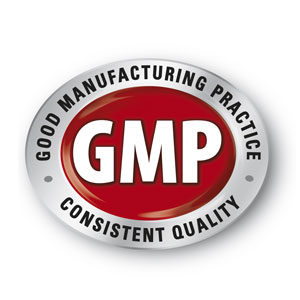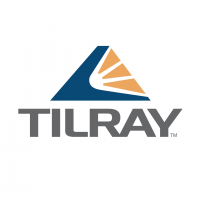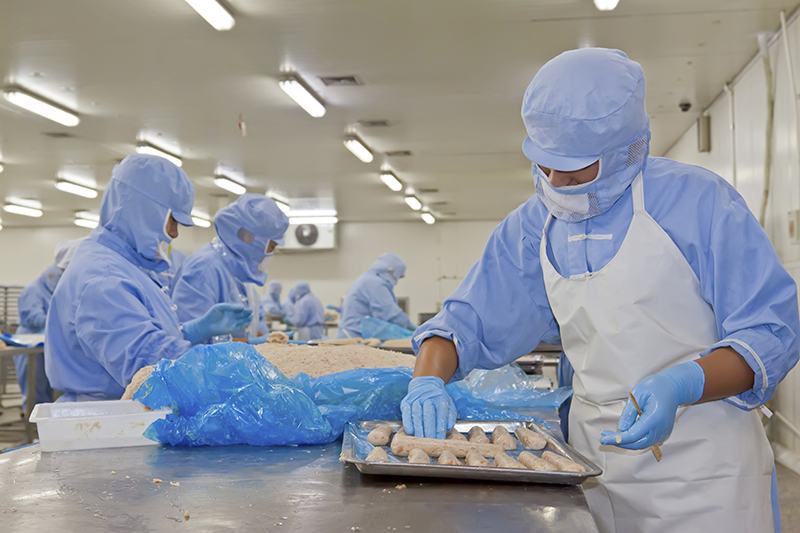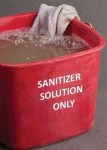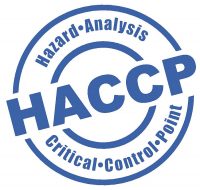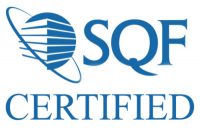The cannabis industry is on the road to legitimacy, no matter the bumps, globally. No matter what, and no matter what happens next, that is a good thing. Issues like supply chain transparency, privacy, consumer and patient safety, and of course energy and water use have long been in the room just about everywhere.
Cleantech Is Cannatech
The modern cannabis industry was birthed and given significant shape in deserts (Israel, California, Nevada). In California, as of 2014, producers were warned, yet again, that they could not avail themselves of federally overseen aquifers of groundwater. The legitimizing industry trucked in what it needed.
On the medical discussion, in Europe, in particular, such issues are now in the room. All medical cannabis must be grown indoors. No exceptions.
That means low energy, high efficiency production is on the rise, not the wane.
What Does GMP Mean?
The overall regulations and operating procedures that surround this discussion are known as “Good Manufacturing Practices,” or GMPs for short. But like all the best acronyms, what the standards are, who sets them, and where they are equivalent is still a shifting picture.
Further, GMPs, and even more particularly EU-GMPs, are specifically referred to this way to distinguish the medically bound product from other consumer protection regulations that include novel food.
 That said, “GMP practices” differ widely from industry to industry. The idea behind them, however is to prevent harm from occurring to the user, including that the end product is free from contamination, and the packaging as well as manufacture has been well documented. Additional requirements include that personnel are properly trained.
That said, “GMP practices” differ widely from industry to industry. The idea behind them, however is to prevent harm from occurring to the user, including that the end product is free from contamination, and the packaging as well as manufacture has been well documented. Additional requirements include that personnel are properly trained.
And while the practice, at the pointed end of enforcement can get nerdy, detail-oriented and specific, that is precisely the point. That is also why you might catch another variant of this acronym (cGMP – or current GMP guidelines), to denote a world that is changing fast.
Contamination of the supply chain if not the carbon impact of the same, for all food and plant-based pharmaceutical products is a 21st century problem that is exploding on the scene as fast as the planet warms and cannabis legalizes.
What Do GMP Guidelines Include?
These are guidelines, not steps. As a result, from a bird’s eye view, all international and sovereign national GMP standards include a few basic principles no matter how much they may differ in the weeds. Namely:
- That manufacturing processes are clean, controlled and processes are verifiable and repeatable. Changes to any and all must also be clearly documented.
- Record keeping, accurate accounting (of product and on the financial side) must be kept, including complete batch history through manufacture and distribution to the end user. Audits are a way of life.
- Recall procedures must be in effect.
- All complaints about products must be examined.
 The World Health Organization (WHO) version of GMP is what’s used by pharmaceutical regulators worldwide. The European Union’s EU-GMP standards are seen as roughly equivalent, as are those now practiced in the U.S. by the FDA. That does not mean that confusion does not reign as standards are changing (across Europe, for example, between individual countries, there is still disagreement). However similar GMPs are used in countries including Australia, Canada, Japan, and Singapore. The UK, of course, is slightly different than anyone else but still has regulations that are roughly equivalent and referred to as “The Orange Guide” (in honor of the color of the book’s cover).
The World Health Organization (WHO) version of GMP is what’s used by pharmaceutical regulators worldwide. The European Union’s EU-GMP standards are seen as roughly equivalent, as are those now practiced in the U.S. by the FDA. That does not mean that confusion does not reign as standards are changing (across Europe, for example, between individual countries, there is still disagreement). However similar GMPs are used in countries including Australia, Canada, Japan, and Singapore. The UK, of course, is slightly different than anyone else but still has regulations that are roughly equivalent and referred to as “The Orange Guide” (in honor of the color of the book’s cover).
You Know It When You See It
Well, not quite. Beyond GMP, there are of course, other classifications for the kind of plant or product being made, manufactured and distributed. And here, along with international treaties about who can trade with whom, also impact this discussion.
It is not correct, however, for example, to claim that what are known as GACP guidelines (good agricultural and collection practices) are equivalent to GMP. Bio, or pesticide free production (in other words) is just one of many steps in meeting much higher standards now in the room for medically bound cannabis.
What Is GMP “Like”?
All industries have “best practices.” For example, the building industry has all sorts of codes and guidelines. However, in addition to this, about a decade ago, LEED (or green building) certification began to be implemented widely. In the U.S., in particular, there was much discussion about how honest such certifications actually were. The term “greenwashing” was frequently used to describe practices that were sold as energy efficient, but in the end cost more, environmentally and otherwise, than they should.
Like LEED, GMP is not a prescribed set of steps but rather best practice guidelines and regulations meant to guide industries on producing safe products – from seed to sale.
How Does This Differ From WHO Guidelines on GACP for Medicinal Plants?
The World Health Organization’s GACP guidelines are highly controversial in this context, especially when it comes to cannabis. Especially because they refer specifically to plants used as medicine that are “grown in the wild.” I.e. not greenhouse. How these guidelines are interpreted by different countries, however, within the context of the interpretation of “medical cannabis” not to mention pharmaceutical GMPs, are very different.
GACP guidelines, in other words, are sometimes the first step in qualification – but certification under the same (starting with outdoor grown crops produced without pesticides for example) is not likely to pass European medical standards any time soon.

